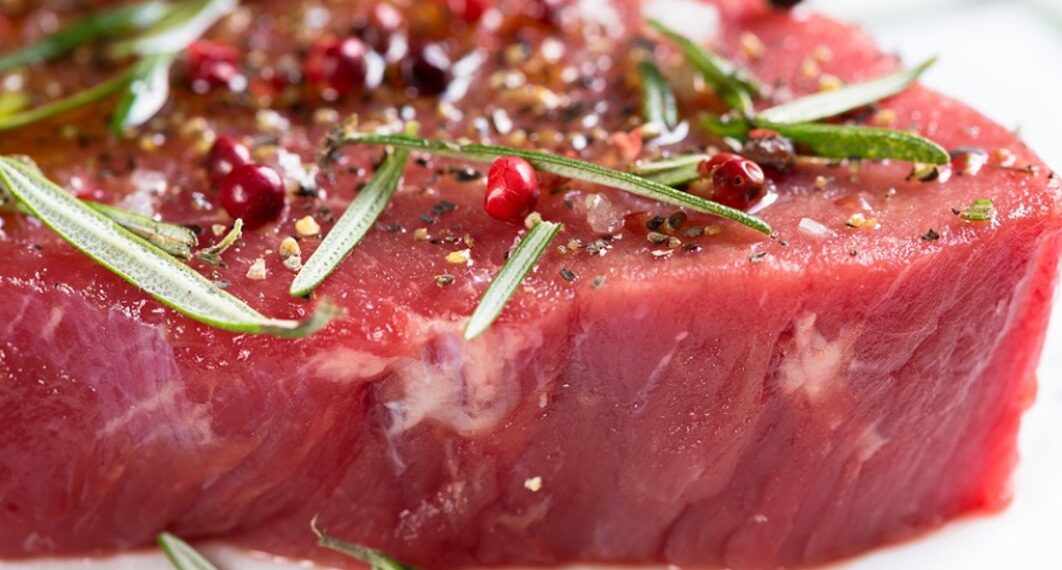Iron is a vital mineral that plays a vital role in several body functions. This can be found in hemoglobin, which carries the supply of oxygen into the blood, and in myoglobin, which can help the body’s muscle cells with storing oxygen. Iron also helps in the production of energy. It’s important to maintain adequate iron levels in the body because a lack of iron can lead to anemia, which can cause fatigue, weakness, and other health problems.
There are many foods with iron content, and including them in your diet is a great way to ensure that you’re getting enough of this important nutrient.
You can find many foods that have a good amount or presence of iron, but meat (especially red meat) is a good source of where you can get your iron. While we can get iron from other food sources, such as leafy green vegetables and legumes, red meat is one of the most easily absorbed forms. The body absorbs iron from animal sources better than iron from plant sources. That’s why it’s important to include red meat in your diet.
Although iron is found in many foods, iron deficiency is the most common nutritional deficiency in the world. According to the World Health Organization, iron deficiency affects more than two billion people. The most common cause of iron deficiency is blood loss, which can be due to menstruation, childbirth, surgery, or injury. So, remember to always take a good amount of foods with Iron to not deal with the risks.
How Much Red Meat Should You Eat?

According to the Centers for Disease Control and Prevention (CDC), adults should eat about 3 ounces of red meat per day. This includes beef, pork, lamb, chicken, duck, goose, rabbit, and chinchilla. The reason why red meat is a good source of iron is that it is high in heme iron which is the most absorbable type of iron. Heme iron can help your body to create new red blood cells and transfer oxygen to other parts of your body.
If you are pregnant or breastfeeding, you should limit your intake of red meat to 2 ounces per day because it can be harmful to your baby’s development. Additionally, if you have anemia or are taking medications that weaken your immune system, you should avoid eating red meat altogether because it can increase your risk of infection.
The Risks of Eating Red Meat

One risk is that red meat can increase your risk of heart disease. Consuming red meat can increase your bad cholesterol levels and contribute to heart disease. In addition, research suggests that eating red meat can increase your risk of stroke. Consuming red meat may also increase your risk of arthritis because it contains high levels of protein and other inflammatory substances.
Additionally, consuming large amounts of red meat may also increase your risk of developing type 2 diabetes. Red meat is a major source of saturated fat, which can raise blood sugar levels and promote diabetes.
Although iron is found in many foods, iron deficiency is the most common nutritional deficiency in the world. According to the World Health Organization, iron deficiency affects more than two billion people. The most common cause of iron deficiency is blood loss, which can be due to menstruation, childbirth, surgery, or injury. So, remember to always take a good amount of foods with Iron to not deal with the risks.





